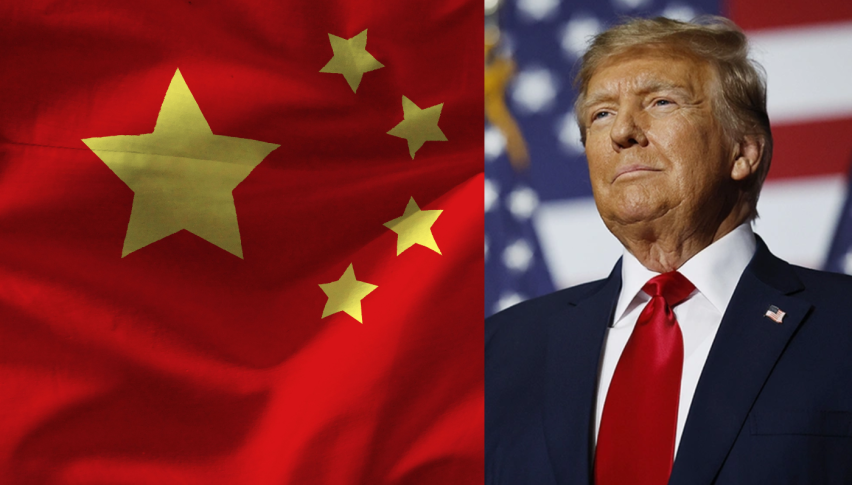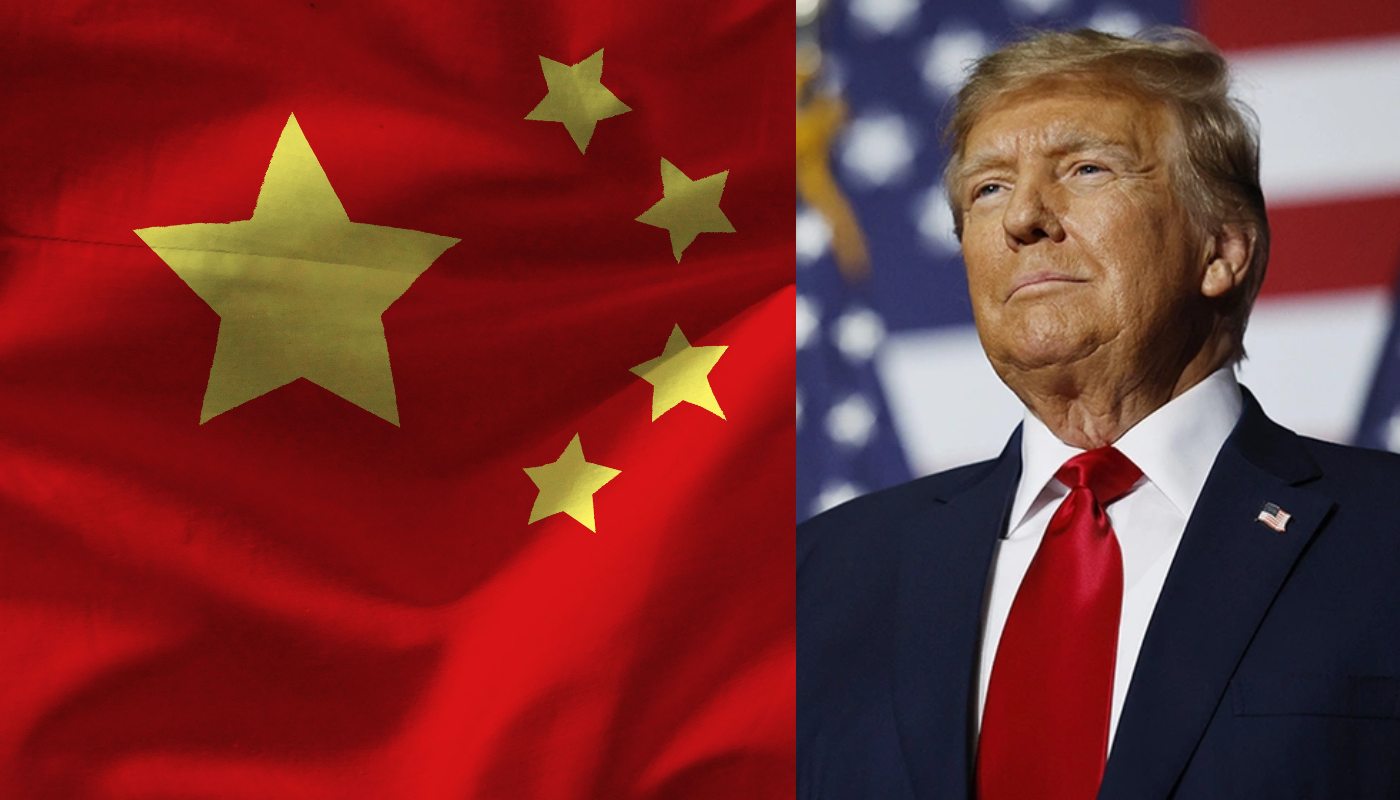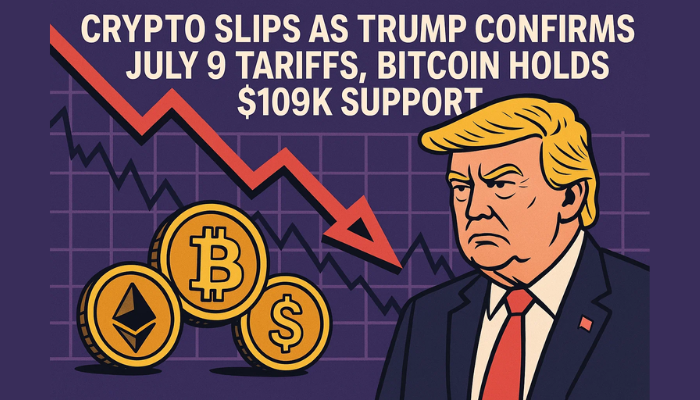Trump’s Trade War Escalates: Tariffs on China and China’s Economic Response
Donald Trump's first term as president of the United States marked the beginning of a massive trade war with China, and his second term...

Donald Trump’s first term as president of the United States marked the beginning of a massive trade war with China, and his second term intends to increase tariffs on China.

Trump, who is set to enter office in January, promised throughout his campaign to impose steep tariffs on Chinese goods as part of a package of “America First” trade policies, prompting concern in Beijing and raising China’s economic risks.
Not only are the threatened tariff rates significantly higher than the 7.5%-25% placed on China during his first term, but the economy is also far more fragile due to the prolonged property crisis, debt problems, and weak domestic demand.
China Braces for Renewed Trade Tensions Under a Second Trump Administration
It is commonly known that during Donald Trump’s first presidential term, U.S.-China ties worsened dramatically. Now, China has been regularly considered as the United States’ principal global competitor, if not adversary.
During Trump’s first term, the United States launched a trade war with China, producing substantial problems for China in sectors such as tariffs, technology and tech regulations, trade protectionism, and academic exchanges. The second Trump administration is expected to continue these anti-China tactics.
According to economists and analysts, the Chinese leadership is better prepared to deal with the real possibility of Trump carrying out his promise to impose tariffs of up to 60% on goods sold to the United States through a combination of trade diversification, targeted retaliation against US companies, and support for domestic consumption.
China’s Response to US Tariffs: Trade Diversification and Domestic Strength
Beijing and Chinese enterprises have already been aggressively decreasing their economic dependency on the United States, thanks in part to the first trade war, which persisted during President Joe Biden’s administration. The effect is obvious in trade data and has occurred at warp speed.
Bilateral trade reached a record level in 2022. However, the Commerce Department reports that Mexico surpassed China as the leading exporter of products into the United States last year. China had maintained that position for 20 years until its exports to the United States dropped 20% to $427 billion last year.
According to Matthews Asia, the Group of Seven (G7) affluent nations received little less than 30% of China’s exports last year, down from 48% in 2000. That is why, despite selling less to the United States, China’s proportion of global exports has risen to 14%, up from 13% before to Trump’s first tariffs.
At a press conference on Friday, Wang Shouwen, international trade negotiator and deputy minister of commerce, assured reporters that “we have the ability to resolve and resist the impact of external shocks.”
China’s retaliatory arsenal is unlikely to include big, showy moves like selling US Treasury bonds (of which it is the world’s second-largest holder) or a major devaluation of its yuan currency, which has lost 12% of its value against the US dollar over the past three years as growth momentum slowed.
“Those dramatic measures wouldn’t help,” Andy Rothman, China strategist at Matthews Asia, told CNN. “The Chinese side typically doesn’t tend to retaliate directly in that way.”
- Check out our free forex signals
- Follow the top economic events on FX Leaders economic calendar
- Trade better, discover more Forex Trading Strategies
- Open a FREE Trading Account


